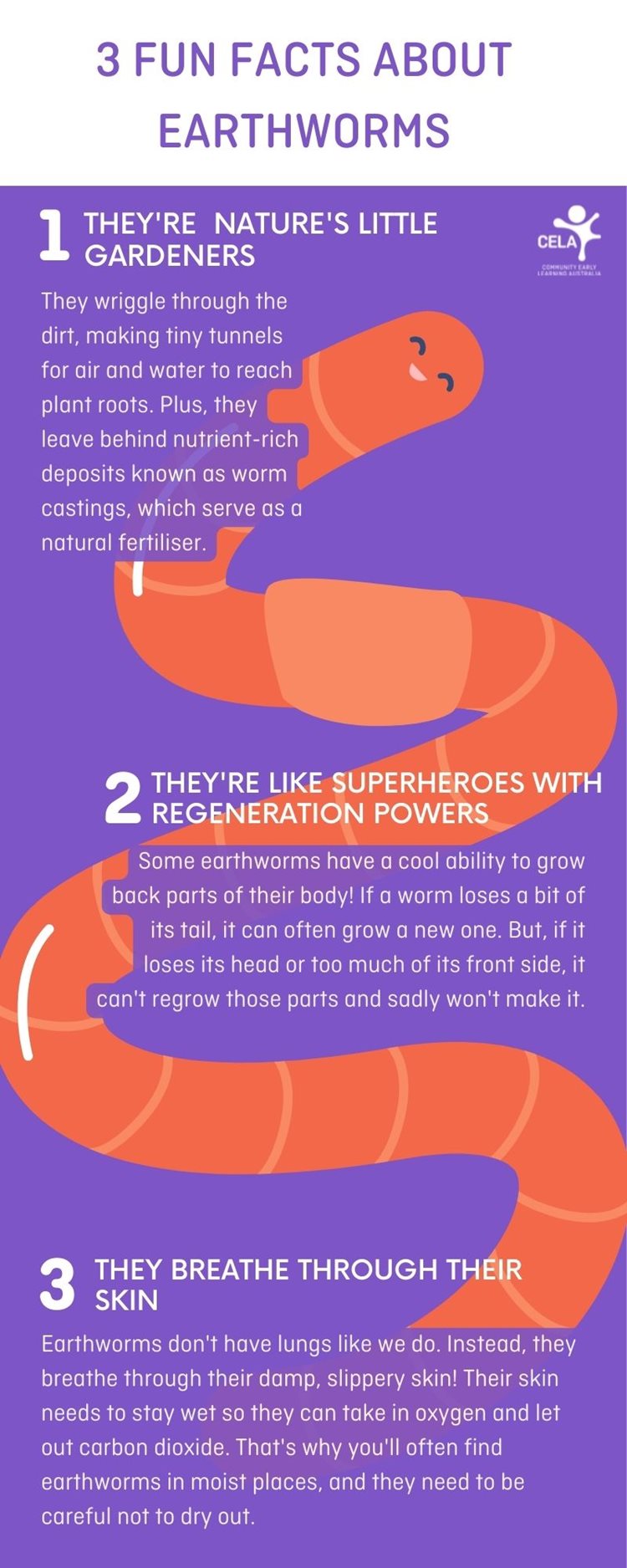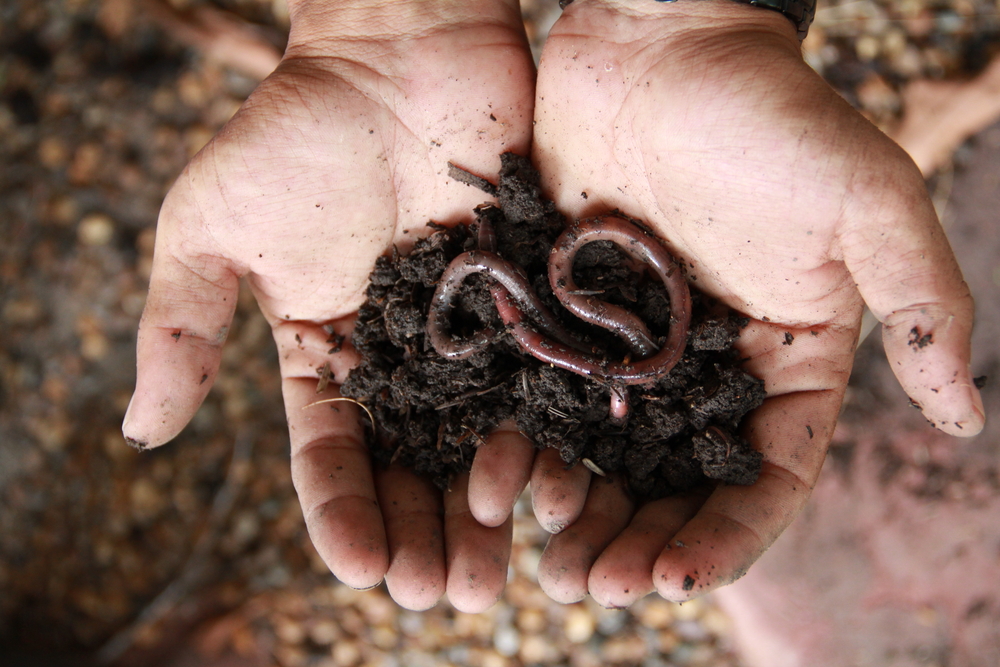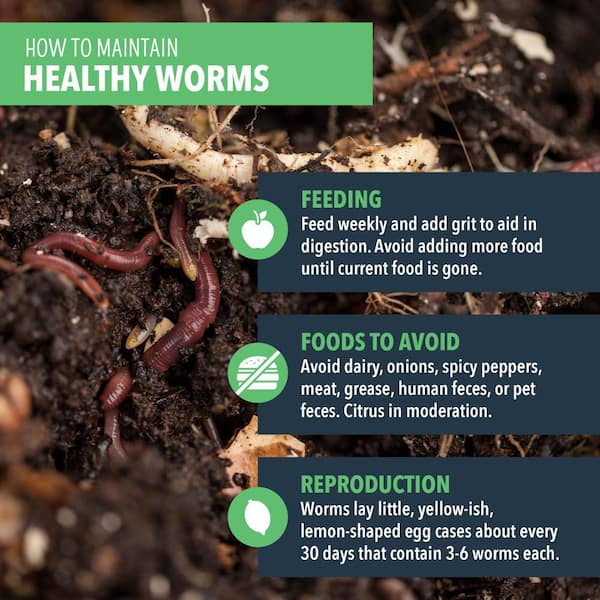The Greatest Guide To North Carolina Worms
The Greatest Guide To North Carolina Worms
Blog Article
North Carolina Worms Can Be Fun For Everyone
Table of ContentsThe North Carolina Worms PDFsThe North Carolina Worms PDFsNorth Carolina Worms Can Be Fun For EveryoneNot known Incorrect Statements About North Carolina Worms
Instance: 1-gallon of worm spreadings to 4 gallons of potting mix. 1/2 mug in the bottom of the planting opening for smaller plants. 1 mug for larger plants.
The enhancement of tea can likewise add increased microbial biomass to your dirt. You can constantly side-dress your plants with worm spreadings at any moment. Just remember, the bacteria will certainly die if subjected to UV rays (Sunlight), so be sure to cover the spreadings with an inch or so of soil.
This frustrated them for years up until the testing techniques came to be much better. It would certainly get far better(with even more castings), degree off, and then decline. Also several worm spreadings would certainly increase the development to a rate that the plant can not recuperate from.
North Carolina Worms for Dummies
I have expounded the virtues of worm spreadings for regarding 2000 words. Worm castings are no different. It takes time to develop top quality worm spreadings.
Worm spreadings definitely set you back even more than chemical plant foods. Worm spreadings are on the less expensive end of natural fertilizers. (50 gallons per year) It is a much harder and really expensive financial investment to generate huge amounts of worm spreadings.

Developing a healthy and balanced dirt may be the greatest benefit of worm spreadings. We discussed worm spreadings NPK and also the appropriate nutrient analysis that should apply to worm spreadings.
Things about North Carolina Worms
Lastly, we discussed a few of the negative aspects associated with worm castings. I covered a great deal of material in this short article. There are a great deal of web links (inner and external). If you would like more info on a certain subject, please click through the links to get more information. As constantly, really feel free to comment or ask questions.
The upright burrows are typically open, although the worms cover the top with residue and excrement. Origins require oxygen for their development, whereas they generate carbon dioxide that needs to leave the soil.
Earthworms increase porosity by 2 systems: (1) by developing irreversible burrows, and (2) by boosting soil gathering. Gathering is enhanced by the mixing of dirt and raw material in the earthworms' intestines. Lake Hickory Bait. These extremely steady accumulations are transferred by some earthworms in their burrows, and by others at the surface area of the dirt


In another research, earthworms were approximated to eat 4 to 10 percent of the leading 6 inches of the soil annually. Dirt compaction decreases the porosity of the dirt.
Some Known Factual Statements About North Carolina Worms
Regular earthworm populations can easily consume 2 lots of completely dry issue per acre annually, partially digesting and mixing it with dirt. The relevance of earthworms to mix surface deposit with dirt ends up being very clear in dirts that do not have any earthworms. Most of our Pennsylvania dirts have at least some earthworms, and the result of their total absence, therefore, can not be kept in mind.
(https://brownedgedirectory.com/gosearch.php?q=http%3A%2F%2Fwww.northcarolinaworms.com%2F)In these soils, the formation of topsoil with affordable natural issue web content did not take area, resulting in poor crop growth. As soon as the reason was established, the government of the Netherlands started a campaign to present earthworms. After the introduction of the earthworms, a dark topsoil layer was formed, and plant growth boosted significantly.
They live largely from partially disintegrated natural matter that is already integrated in the soil. They eat their way through the soil, producing horizontal burrows that they load with their waste matter. These varieties consume big amounts of soil that they mix with digested crop deposit in their intestines. or anecic types reside in long-term vertical burrows that can be 5 or 6 feet deep.
These types ingest significant amounts of dirt that they mix with digested deposit in their digestive tracts. Their waste matter is mostly deposited at the surface of the soil.
Report this page